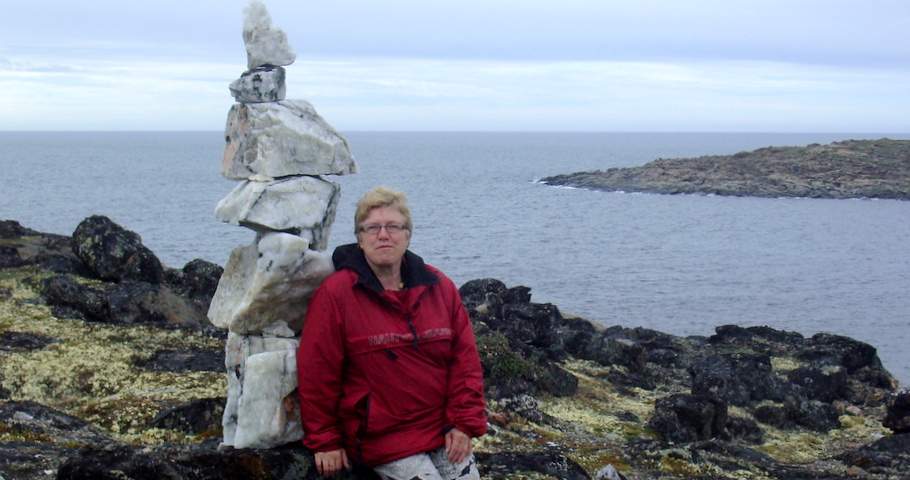Deep patience is a necessary quality
Closer to me is all the thoughts that have gone through this coming project. I came back down from the North in late 2010 and I have been planning this project ever since, but because I wasn't sure of the form my project would take, there was a need to think it through. Deep patience is a necessary quality in this case. The goal is to support families to become self-sufficient in the area of child care. The intended long-term goal of the local community is to have the ability to support vulnerable families without assistance.
No Child Should Take the Long Way Home is a grassroot initiative to help children in need of loving care, of a protective and stable environment to meet their basic needs in a safe house in their own community.
Children, mothers, families, and communities are the object of this project No Child Should Have to Take the Long Way Home. After all, every child is born with the right to have a better chance at a life free from abuse and violence.
Children belong to their families and their communities
When they are removed not only from their families but from their community, children lose out on being raised by their own families, in their own communities. As a result, there are increased numbers of Inuit children in child and foster care.
Factors that affect the lives of the people of the north
 The project for which I have had to develop deep patience concerns the welfare of the Inuit mothers and their children and the implication of each community to break the vicious cycle of violence and abuse. All Canadians need to know more about the factors that affect the lives of the people of most of the Indigenous Nations.
The project for which I have had to develop deep patience concerns the welfare of the Inuit mothers and their children and the implication of each community to break the vicious cycle of violence and abuse. All Canadians need to know more about the factors that affect the lives of the people of most of the Indigenous Nations.We must become aware of how life has been for them since colonization.
Many factors contribute to their social problems of the Inuit people-the isolation, the overpopulation in their homes, the lack of good employment opportunity, the high rate of births, etc. Statistics are eloquent: 65.9% of the population is under 30, household items cost 97% more than anywhere else in Quebec; the overcrowding in their homes has reached an alarming 68%.
How would we live if we had to improvise our lives with 11 to 15 other people in a two-bedroom apartment?
Most live where there are no trees, where they do not grow either vegetables or fruits, where, because of the permafrost. Houses have to be built on stilts to compensate for unstable soils. It is the land of aurora borealis. It is a land where people have a hard time lying. Such a refreshing change! This blog is about the Inuit and their culture. They are a people you would love.
An unfinished task, with and for the Inuit
Earlier on in the year, as I was speaking to a friend about my project, I was asked why I deemed it so important to do this project. My answer was that I felt that I had not accomplished what I wanted when I was there in 2009 and so, I have a task, unfinished, with and for the Inuit. At this point, I cannot predict my results but I am acting in such a way that things happen to give this project its life.
A short story of synchronicity
A short story: a while back, I picked up an architectural magazine to read a story about the last village I stayed at in Nunavik. Architects are interested in doing urban homes projects in the North (French text) that focus on functional advantages and cost reduction whilst maintaining high-performance level.
To my surprise, when I turned the pages to read the article, I realized the journalist was Laurent K. Blais. A photo taken by the photograph Benoît Paillé showed the picture of my latest book hero, a youth I depicted as questioning the Inuit reality from her point of view. The bucked up attitude of the girl in Salluit was just like the one I see on this article cover. This child has an authentic reaction. Only the truth will satisfy her; that is all she wants. What synchronicity with this project!








No comments:
Post a Comment